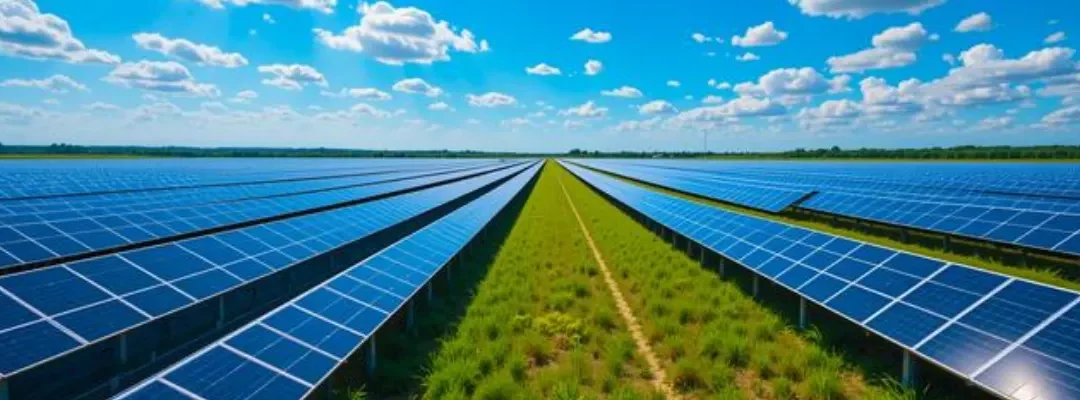Introduction
For any solar park, the first and most critical step is land acquisition. Developers and investors usually face two choices:
- Direct Land Purchase – negotiating and buying land directly from farmers/owners.
- Land Aggregator Model – working with a professional aggregator who consolidates and prepares land for solar projects.
Both approaches have advantages and risks. Let’s compare them to understand which option is better for solar projects in India.
What is Direct Land Purchase?
- Developers or investors directly approach farmers or landowners.
- They handle negotiation, documentation, and registration on their own.
- Common in smaller projects (5–10 acres), but complex in larger solar parks.
Pros:
- Full control over the process.
- No middlemen cost.
- Works if land requirement is small.
Cons:
- Extremely time-consuming.
- Title disputes, unclear ownership, or encumbrances.
- Multiple negotiations with dozens of farmers.
- Legal risks and potential litigation.
Direct purchase = lower cost, but higher risk and delays.
What is the Land Aggregator Model?
- A land aggregator is a specialist who identifies, negotiates, and consolidates land parcels.
- They deliver ready-to-use, dispute-free land to developers.
- Especially useful for MW-scale projects (50 MW, 100 MW, or more).
Pros:
- Saves months (or years) of time.
- Legal due diligence handled by professionals.
- Large, continuous parcels available (100–500+ acres).
- Clear titles, survey reports, and approvals.
- Lower project risk → higher investor confidence.
Cons:
- Slightly higher cost due to aggregator fees.
- Developers have less direct control over negotiations.
Aggregator model = faster, safer, and scalable for large projects.
Direct Purchase vs. Aggregator – A Side-by-Side Comparison
| Factor | Direct Land Purchase | Land Aggregator Model |
|---|---|---|
| Time Required | 12–24 months | 3–6 months |
| Legal Risk | High (title disputes, litigation) | Low (due diligence done) |
| Cost | Lower upfront | Slightly higher (aggregator fee) |
| Suitability | Small projects (5–10 acres) | Large MW-scale solar parks |
| Investor Confidence | Low to moderate | High |
| Scalability | Difficult for large projects | Easily scalable |
Real Example
- Direct Purchase Case:
- A developer in Maharashtra spent 18 months negotiating with 80 farmers for 200 acres.
- Faced legal disputes → project delayed by 2 years.
- Land Aggregator Case:
- In Gujarat, an aggregator consolidated 500 acres from 150 farmers in just 5 months.
- Project commissioned on time, saving crores in potential delays.
Clearly, the aggregator model is more efficient and reliable for large-scale solar parks.
Which Option Should You Choose?
- For small solar plants (below 5 MW) → Direct purchase may work, since land needs are limited.
- For medium to large solar parks (10 MW and above) → Land aggregator model is far better.
- Faster approvals
- Risk-free titles
- Lower chances of disputes
- Stronger investor confidence

